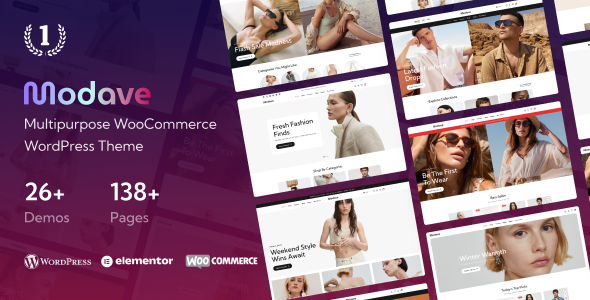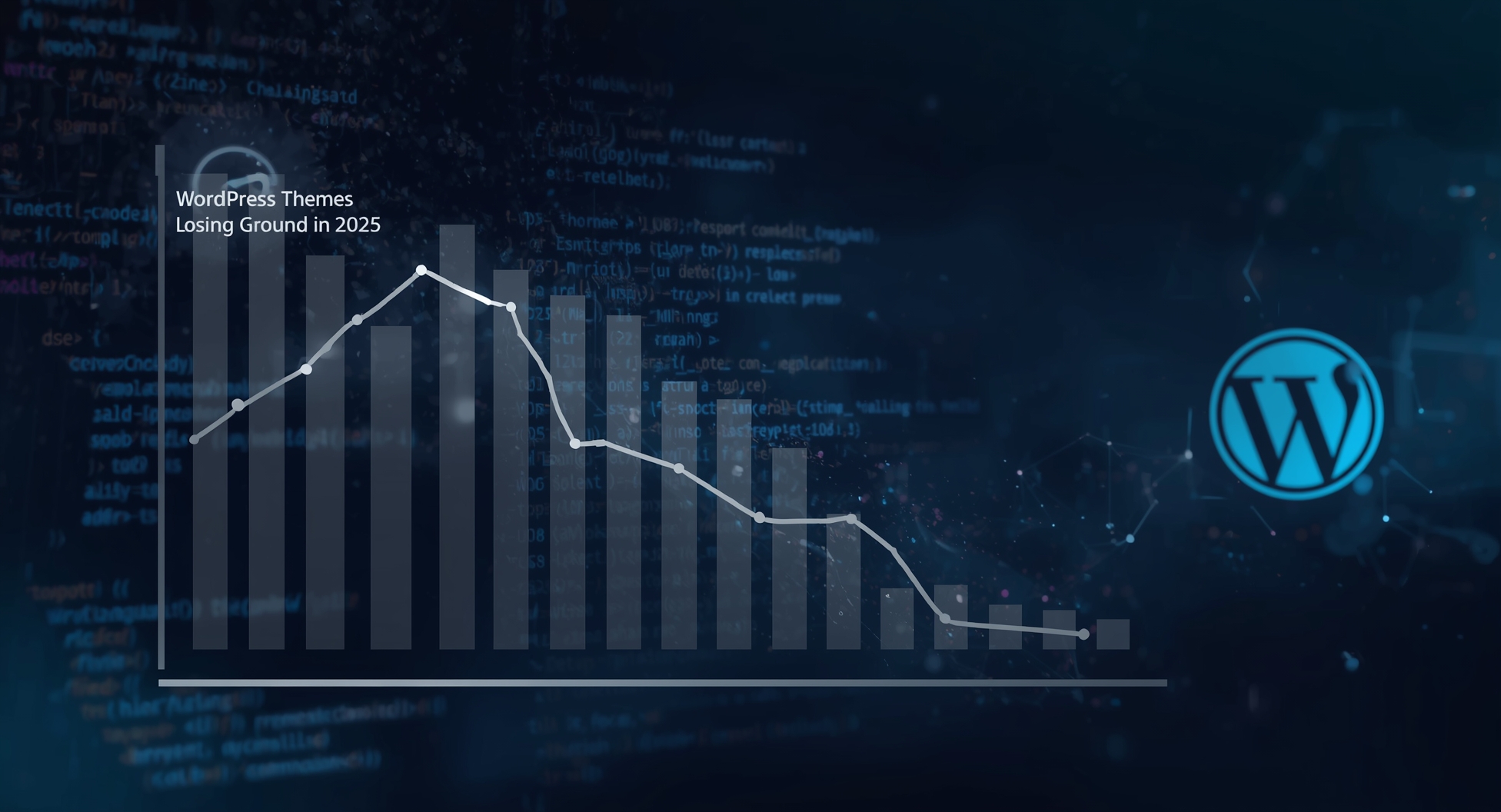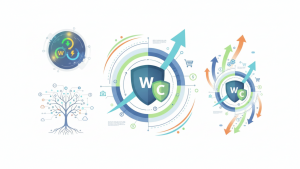The one-size-fits-all approach that once dominated WordPress is finally showing its cracks. Here’s why smart developers and business owners are making the switch.
Remember when multipurpose WordPress themes felt like the holy grail? One theme that could become anything – a restaurant website, an online store, a portfolio, a corporate site. It seemed like the perfect solution. Buy once, use for everything.
But here’s what’s happening in 2025: that “jack of all trades, master of none” approach is finally catching up with these themes. And the costs are becoming impossible to ignore.
The Hidden Costs of “Everything” Themes
Performance That Makes Users Bounce
When a theme needs to handle restaurants AND law firms AND e-commerce stores, it’s carrying massive amounts of code your site will never use. We’re talking about:
- 50+ unused JavaScript files loading on every page
- Bloated CSS with styles for dozens of industries you’ll never touch
- Database queries checking for features that don’t exist on your site
- Plugin conflicts from trying to be compatible with everything
The result? Sites that take 6+ seconds to load when they should be loading in under 2 seconds. In 2025, when users expect instant gratification, that’s a death sentence for conversions.
The Customization Nightmare
“But it has a drag-and-drop builder!” Yes, and so does every other multipurpose theme. Here’s what actually happens:
- You spend 40+ hours trying to make it look like your industry
- You realize it still looks generic
- You hire a developer anyway to customize it properly
- The developer tells you it would’ve been faster to start from scratch
Sound familiar?
Security Vulnerabilities Multiply
More code = more attack vectors. Multipurpose themes are particularly vulnerable because:
- They integrate with dozens of plugins (each a potential security hole)
- They’re popular targets for hackers due to high usage
- Updates often break customizations, forcing users to delay security patches
- The codebase is so complex that even theme authors can’t catch every vulnerability
What’s Replacing Multipurpose Themes in 2025
Industry-Specific Themes: The Smart Alternative
The winners in 2025 are niche themes built specifically for individual industries. Here’s why they’re dominating:
For Restaurants:
- Built-in reservation systems that actually work
- Menu layouts that look appetizing, not corporate
- Integration with delivery platforms
- Food photography optimization built into the design
For Law Firms:
- Client portal functionality
- Case study layouts that build trust
- Appointment scheduling with conflict checking
- Legal document libraries
For E-commerce:
- Product catalog optimization
- Checkout flows tested for conversions
- Inventory management integration
- Customer review systems that boost sales
The Block Theme Revolution
WordPress’s move to block-based editing (Gutenberg) has created a new category of themes that are:
- Lightweight by design (only load what you use)
- Highly customizable without coding
- Future-proof (built on WordPress’s roadmap)
- Performance optimized from the ground up
Headless WordPress Solutions
For businesses that need maximum performance and flexibility:
- WordPress as a content management backend
- Modern frontend frameworks (React, Vue, etc.)
- Lightning-fast load times
- Ultimate customization freedom
The Business Case for Making the Switch
ROI That Actually Makes Sense
Multipurpose Theme Costs:
- Theme purchase: $59-199
- Customization time: 40-80 hours
- Developer fees: $2,000-5,000
- Ongoing performance issues: Lost conversions
- Security risks: Potential data breaches
Niche Theme Investment:
- Theme purchase: $79-299
- Setup time: 5-15 hours
- Minor customizations: $500-1,500
- Performance gains: 30-50% faster load times
- Security: Smaller attack surface
Competitive Advantage
When your competitor’s site loads in 7 seconds and looks like every other generic business site, your 2-second load time and industry-specific design isn’t just better – it’s a competitive moat.
How to Choose Your Next Theme Strategy
For Freelancers and Agencies
Stop selling “we can build anything” and start positioning yourself as the expert in specific industries. Clients pay premium rates for specialists, not generalists.
Action Steps:
- Pick 2-3 industries you understand well
- Master the best niche themes for those industries
- Build case studies showing dramatic improvements over multipurpose themes
- Price your services 30-50% higher (and get it)
For Business Owners
Your website isn’t just a digital brochure anymore – it’s your most important sales tool. Treat it like one.
Questions to Ask:
- Does this theme understand my industry’s unique needs?
- Are there built-in features that will save me from buying separate plugins?
- Can I see real examples of businesses like mine using this successfully?
- Is the developer active and responsive to support requests?
For Web Developers
The technical landscape is changing fast. Multipurpose themes are becoming technical debt.
Skills to Develop:
- Block theme development
- Headless WordPress implementations
- Performance optimization
- Industry-specific functionality

The 2025 WordPress Landscape
The commoditization of multipurpose themes has created a race to the bottom. Everyone has the same tools, the same layouts, the same functionality.
But here’s the opportunity: while everyone else is stuck in the multipurpose trap, businesses that choose specialized solutions are pulling ahead dramatically.
The web is becoming more sophisticated, not more generic. Users expect experiences tailored to their specific needs and industries. The themes that win in 2025 will be the ones that deliver on that expectation.
Making the Transition
If You’re Currently Using a Multipurpose Theme
Don’t panic and rebuild everything tomorrow. But do start planning:
- Audit your current performance – Use tools like GTmetrix or PageSpeed Insights to get baseline metrics
- Identify your core needs – What features do you actually use vs. what’s just bloating your site?
- Research niche alternatives – Look for themes built specifically for your industry
- Plan the migration – Schedule the switch during a low-traffic period
- Measure the improvement – Track load times, user engagement, and conversions after the switch
Red Flags to Avoid
- Themes that advertise “500+ pre-built demos”
- “Lifetime updates” promises (unsustainable business model)
- Themes that require specific page builders
- No clear industry focus or expertise
- Poor documentation or support response times
The Bottom Line
Multipurpose WordPress themes had their moment, but that moment has passed. The businesses winning online in 2025 are the ones that understand their users expect tailored experiences, not generic solutions.
The question isn’t whether you should move away from multipurpose themes – it’s how quickly you can make the transition to something that actually serves your specific needs.
Your website is too important to your business to settle for “good enough for everyone.” In 2025, specialized beats generalized every single time.








